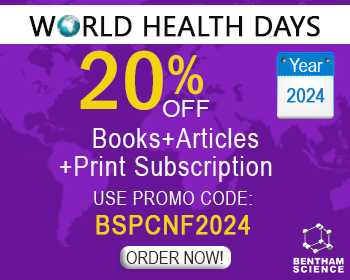Abstract
Prostacyclin (PGI2) is one of the major vascular protectors against thrombosis and vasoconstriction, caused by thromboxane A2. Understanding the molecular mechanisms of PGI2 biosynthesis and signaling is crucial to the development of therapeutic approaches to regulate PGI2 functions. This review provides information regarding the most current advances in the findings of the molecular mechanisms for PGI2 biosynthesis in the endoplasmic reticulum (ER) membrane through the coordination between PGI2 synthase and its upstream enzymes, cyclooxygenase-1 (COX-1) or -2 (COX-2), and for PGI2 signaling through its cell membrane receptors and nuclear peroxisome proliferator-activated receptors. The substrate presentation from the COXs to PGI2 synthase and its cell membrane receptor/G protein coupling sites, as characterized by our group, are discussed in detail. The association between the regulation of the biosynthesis and signaling of PGI2 with the pathophysiological processes of PGI2-related diseases is also discussed. The molecular knowledge of PGI2 biosynthesis and signaling will help to design the next generation of drugs, specifically targeting the regulation of PGI2 functions, which will undoubtedly provide advances in cardiovascular protection and the treatment of PGI2-related diseases.
Keywords: Prostacyclin, Prostaglandin I2, PGI2, Cyclooxygenase-1, COX-1, Cyclooxygenase-2, COX-2, Cytochrome P450, G-protein Coupling Receptor

























